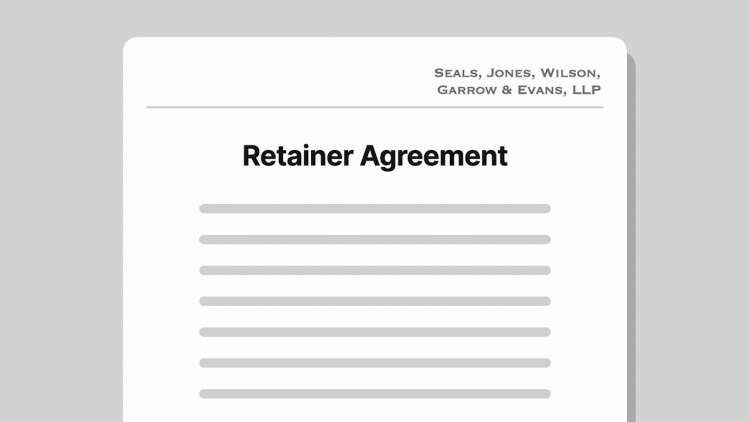Dow v. Jones
United States District Court for the District of Maryland
311 F.Supp.2d 461 (2004)
- Written by John Caddell, JD
Facts
Jeffery Dow (plaintiff) was charged with sexual assault in 1996. To discuss possible legal representation, Dow visited the law firm of Seals Jones Wilson Garrow & Evans, LLP (SJWGE). He met with two partners, James Jones and Robert Wilson. Two months later, Dow signed a retainer agreement which stated that Jones would provide representation in the criminal trial. The agreement was printed on SJWGE letterhead. Later communications between Jones and another attorney noted only that Jones was representing Dow and did not explicitly mention SJWGE, though the letters were also printed on SJWGE letterhead. After a jury trial, Dow was convicted of several crimes. Dow alleged that Jones and his other attorney had made major mistakes. He filed a petition alleging ineffective assistance of counsel and his convictions were ultimately overturned. Dow then brought a malpractice action in state court against SJWGE and all the named partners. He stated that he was led to believe by Jones and Wilson at the initial meeting that Jones would be undertaking the representation on behalf of SJWGE. Much of the alleged malpractice occurred after SJWGE had formally dissolved. The court granted summary judgment in favor of all the individual defendants other than Jones. After removing the case to federal court, SJWGE moved for summary judgment.
Rule of Law
Issue
Holding and Reasoning (Blake, J.)
What to do next…
Here's why 899,000 law students have relied on our case briefs:
- Written by law professors and practitioners, not other law students. 47,000 briefs, keyed to 994 casebooks. Top-notch customer support.
- The right amount of information, includes the facts, issues, rule of law, holding and reasoning, and any concurrences and dissents.
- Access in your classes, works on your mobile and tablet. Massive library of related video lessons and high quality multiple-choice questions.
- Easy to use, uniform format for every case brief. Written in plain English, not in legalese. Our briefs summarize and simplify; they don’t just repeat the court’s language.





